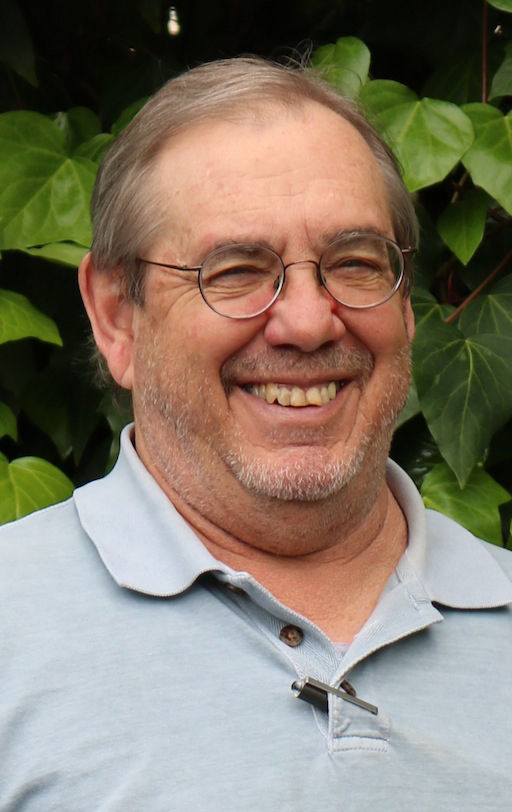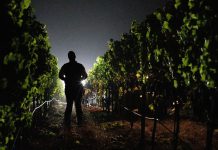If a single picture is worth a thousand words — as the old saying goes — what is the worth of even the shortest of documentary films, shot at the equivalent of 16 frames per second? (An eight-minute short has 7,680 individual pics.) We dare say, “priceless.”
A documentary is a factual and faithful account of real events, moments in time, preserved history, an eternalized place or even a frozen set of emotions. Documentaries come in many forms. They might be a personal written diary, a scrapbook of Kodak photos, a professional journalist’s report or a tape-recorded oral history. But none has the power of a documentary film. We know this from two recently revisited examples. One was the NASA footage of man’s first landing on the moon and the other was the replaying everywhere of the documentary made during the Woodstock music festival 50 years ago this August.
Those two sets of moving pictures and sound not only recorded historic moments; they both also changed the course of history. We were all there when Neil Armstrong stepped on the moon. He took the one small step for a single man; we took the “giant leap” for mankind. Lots of us swear we were at Woodstock in 1969 and after repeat watchings of the 185-minute film we can almost see ourselves in one of the crowd scenes. A whole Woodstock Generation was christened and the promise of universal peace and love felt possible even in the midst of the Vietnam War. (Alas, films and documentaries can only depict real life; they can’t replace it.)
The heyday of the art and discipline of documentary filmmaking is in our past. Advanced digital image technology and the advent of endless social media feeds like YouTube and others now devour all our attention spans. Movie theater screens are now dominated by commercial blockbusters like “Spider-Man: Far From Home,” or “The Avengers: Endgame.” Documentary films are made to educate and not so much to entertain. Like other forms of truth telling or journalism, they don’t tend to be profitable.
Thank goodness we have such institutions like the Sebastopol Documentary Film Festival, part of the Sebastopol Center for the Arts. This past March, the festival screened 60 documentary films, of all lengths from many countries with many topics. Each film represented a truth, usually one being suppressed by political powers or lack of access to a bigger audience. For instance, “Factory of Lies” went inside the troll factories in Moscow where the Russian Putin Regime waged their information war against the 2016 U.S. Presidential Election. Special Prosecutor Robert Meuller could have saved himself a lot of investigative time by just watching this 59-minute film by Jakob Gottschau, of Denmark.
We need more people doing more documentaries, not just films but all forms of authentic storytelling. Our favorite media sources are being taken over by corporate profit motives, deep fakes, hackers, Russian trolls, extremist rantings and manipulated news feeds. We are pleased to see most of our local high schools now offering digital arts and media courses. These students need to learn the important lessons of where to point their camera lenses and how to not only capture the truth, but to know it when they see it. Too often today there are forces and influences trying to hide it.
We are heartened by the passion and depth of talent we witnessed at this year’s Sebastopol Doc Fest but how good are we at documenting other important or fundamental stories and events? Do we think all those Facebook and Instagram posts we share on our smart phones will last 50 years like the Woodstock film or Apollo moon shot images? Even old Polaroids will outlast today’s images that we are storing somewhere “on the Cloud.” We’d better be careful.
(In memory of D. A. Pennebaker, 1925-2019)
— Rollie Atkinson









